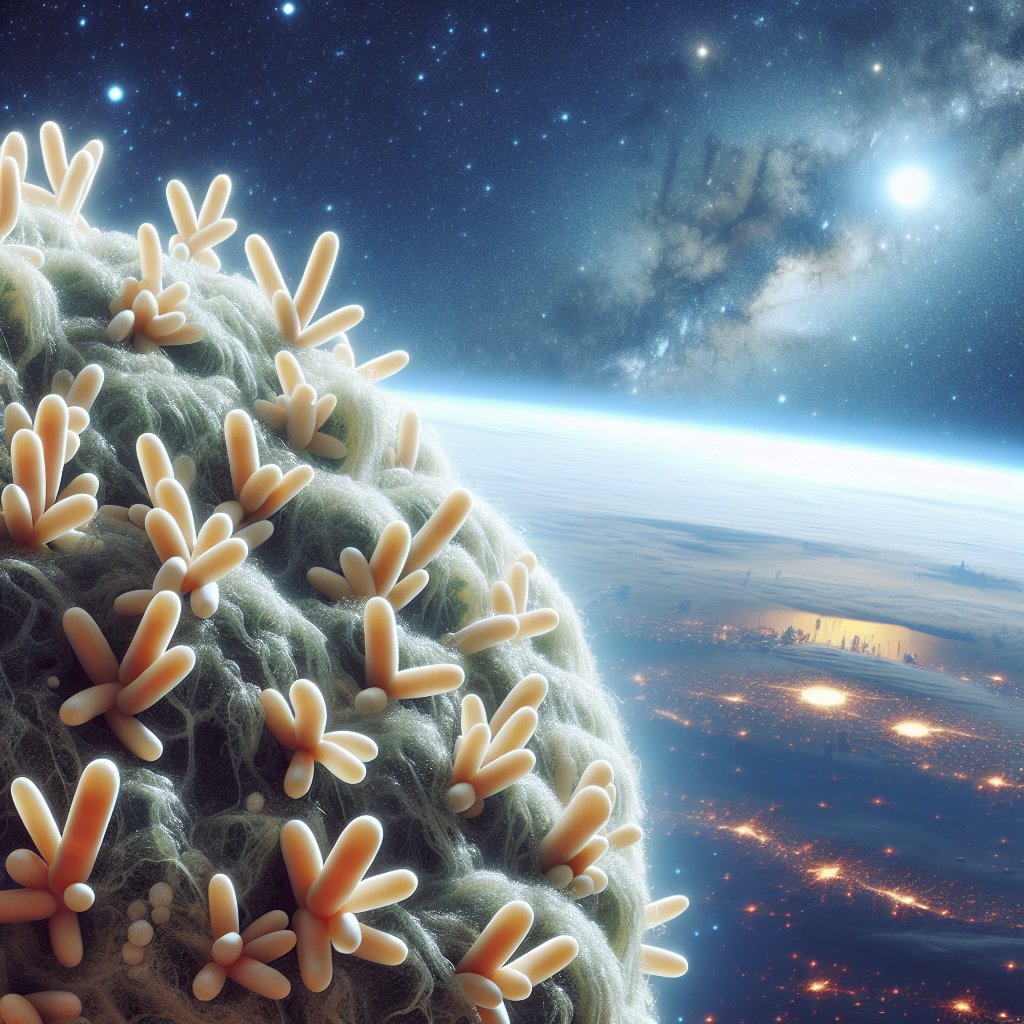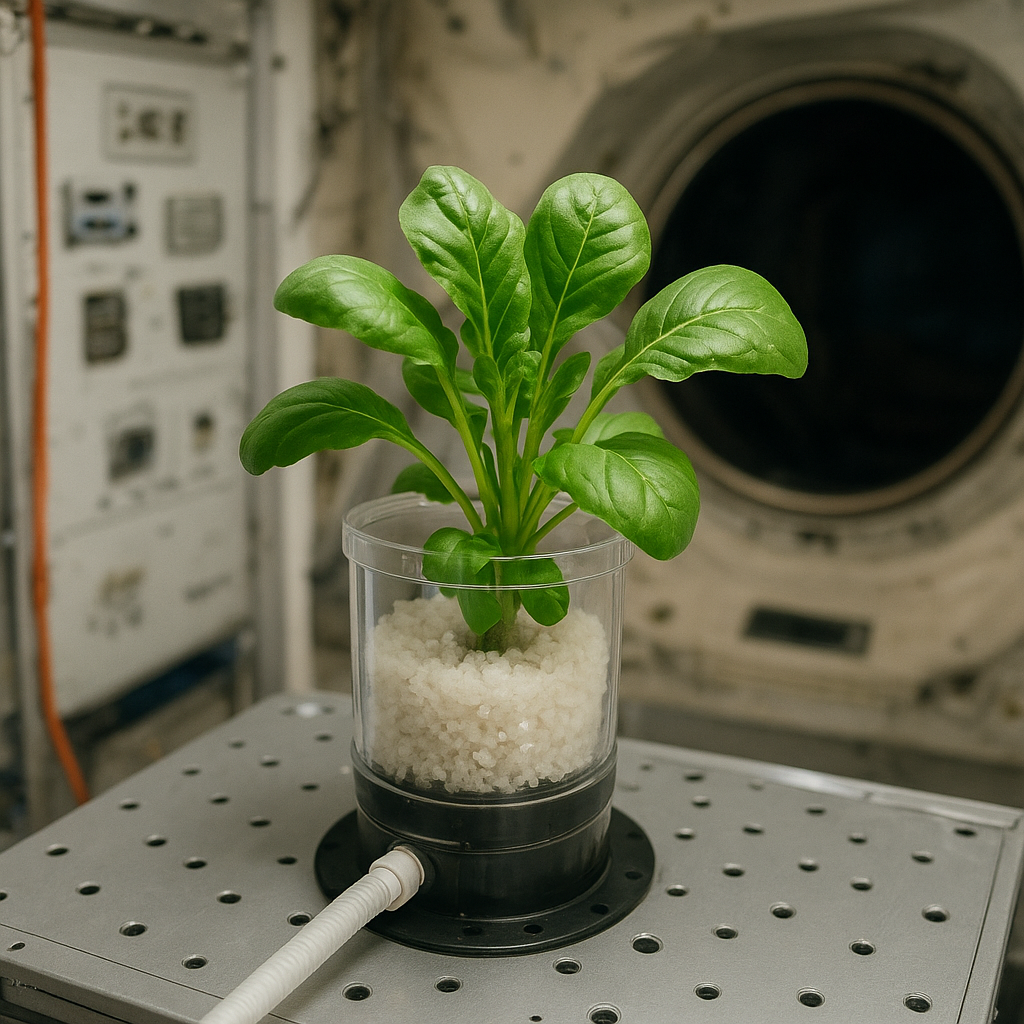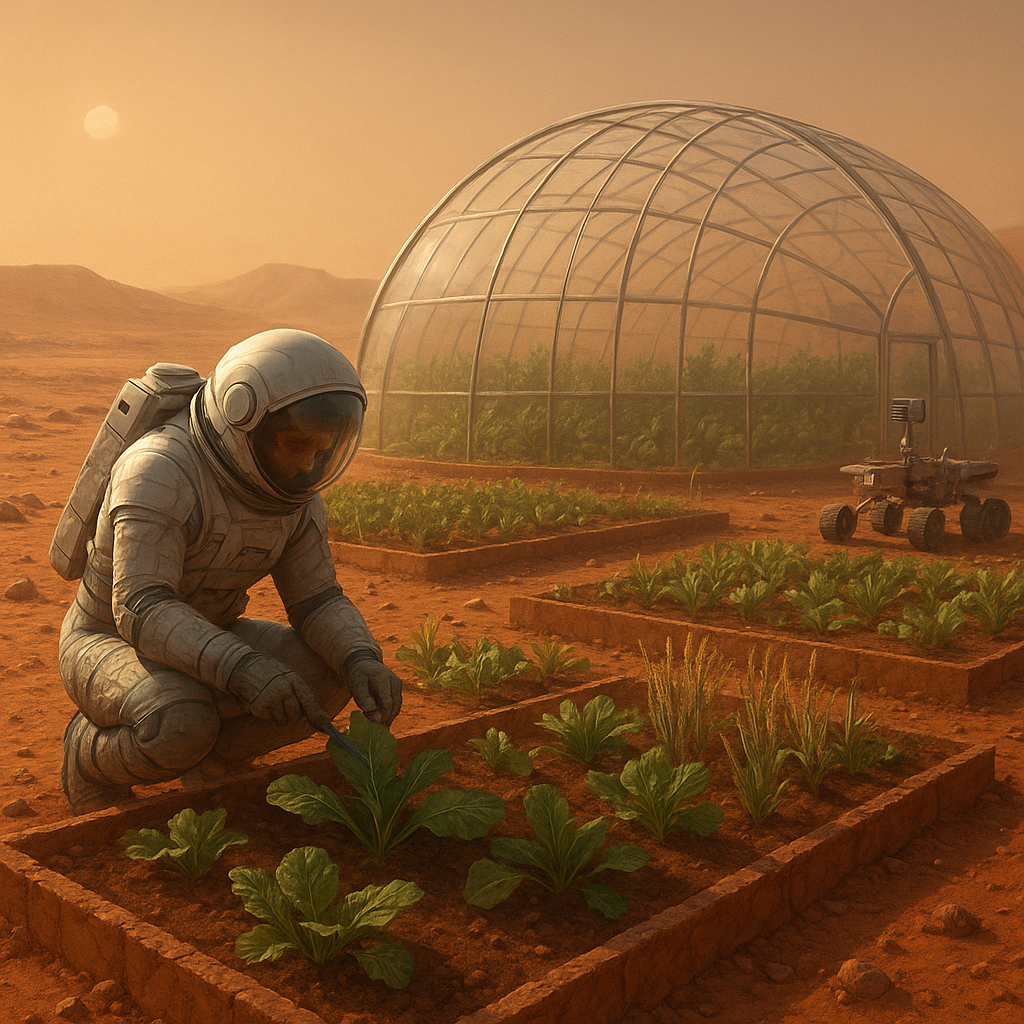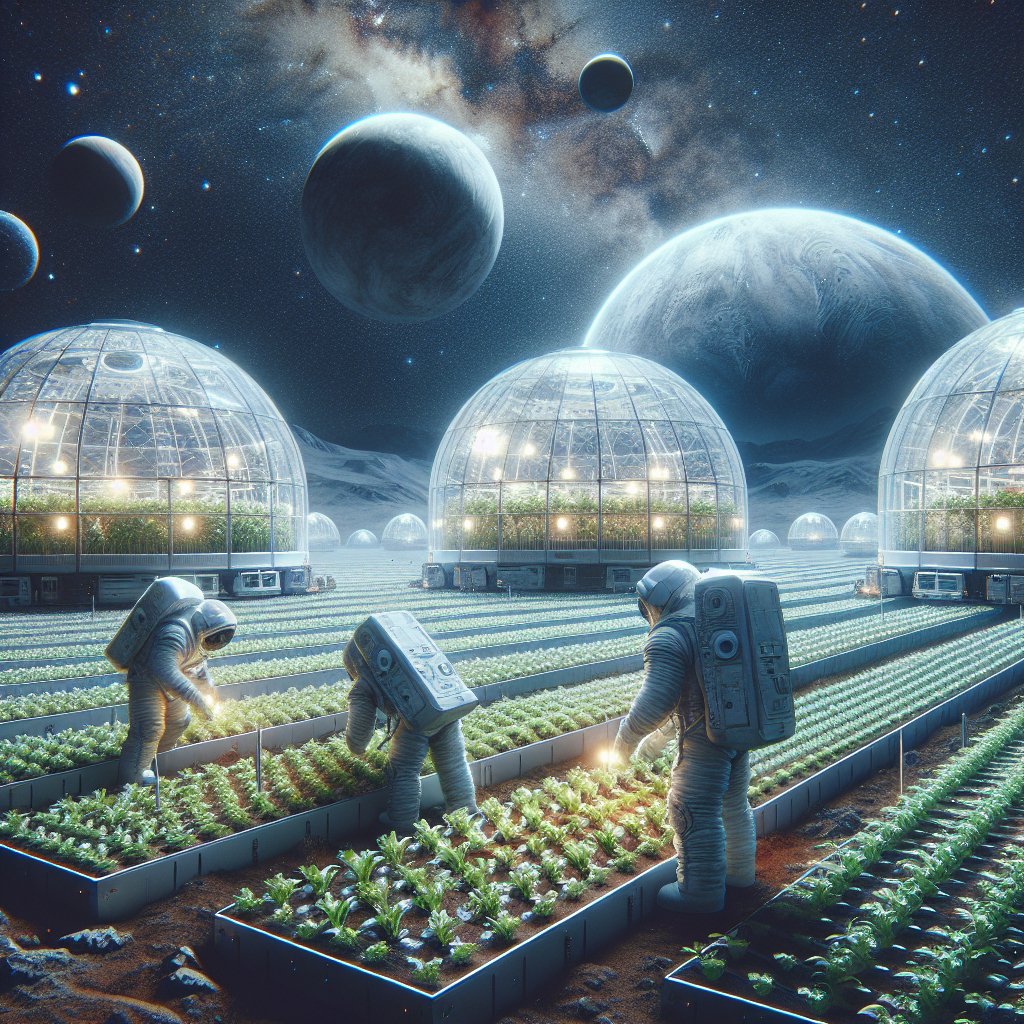The exploration of space has opened up new frontiers not only for human habitation but also for sustainable agriculture. As we venture further into the cosmos, the need for self-sufficient food production systems becomes increasingly critical. Microbial ecosystems play a pivotal role in supporting agriculture in space, offering innovative solutions to the challenges posed by extraterrestrial environments. This article delves into the significance of microbial ecosystems in space agriculture, exploring their functions, benefits, and potential applications in future space missions.
The Role of Microbial Ecosystems in Agriculture
Microbial ecosystems consist of diverse communities of microorganisms, including bacteria, fungi, and archaea, that interact with each other and their environment. These microorganisms are essential for various ecological processes, including nutrient cycling, soil formation, and plant growth promotion. In the context of agriculture, microbial ecosystems contribute to soil health, enhance crop yields, and improve resilience against pests and diseases.
Nutrient Cycling and Soil Health
One of the primary functions of microbial ecosystems is nutrient cycling. Microorganisms break down organic matter, releasing essential nutrients such as nitrogen, phosphorus, and potassium into the soil. This process is crucial for maintaining soil fertility, especially in closed environments like space habitats where resources are limited.
- Nitrogen Fixation: Certain bacteria, known as nitrogen-fixing bacteria, convert atmospheric nitrogen into a form that plants can absorb. This process is vital for plant growth, as nitrogen is a key component of amino acids and proteins.
- Decomposition: Fungi and bacteria decompose organic materials, recycling nutrients back into the soil. This not only enriches the soil but also helps in the management of waste produced in space habitats.
- Soil Structure Improvement: Microorganisms contribute to the formation of soil aggregates, improving soil structure and aeration. Healthy soil structure is essential for root development and water retention, both critical factors for plant growth.
Plant Growth Promotion
Microbial ecosystems also play a significant role in promoting plant growth through various mechanisms. Beneficial microorganisms can enhance plant health and productivity by:
- Producing Plant Growth-Promoting Substances: Certain bacteria and fungi produce hormones such as auxins, gibberellins, and cytokinins, which stimulate plant growth and development.
- Enhancing Nutrient Uptake: Mycorrhizal fungi form symbiotic relationships with plant roots, extending their reach into the soil and improving nutrient and water absorption.
- Suppressing Pathogens: Some microorganisms can outcompete or inhibit the growth of plant pathogens, reducing the incidence of diseases and promoting healthier crops.
Microbial Ecosystems in Space Agriculture
As humanity prepares for long-duration space missions, such as those to Mars or lunar bases, the integration of microbial ecosystems into agricultural systems becomes essential. The unique challenges of space environments, including microgravity, radiation, and limited resources, necessitate innovative approaches to food production.
Challenges of Space Agriculture
Space agriculture faces several challenges that microbial ecosystems can help address:
- Microgravity Effects: In microgravity, the behavior of water and nutrients differs significantly from that on Earth. Microbial communities can help optimize nutrient delivery and water retention in soil-less systems, such as hydroponics or aeroponics.
- Radiation Exposure: Space environments expose crops to higher levels of radiation, which can damage plant tissues and reduce yields. Certain microorganisms have shown potential in enhancing plant resilience to radiation stress.
- Resource Limitations: The closed-loop systems required for space habitats must efficiently recycle waste and nutrients. Microbial ecosystems can facilitate waste decomposition and nutrient recycling, creating a sustainable agricultural system.
Applications of Microbial Ecosystems in Space Missions
Several applications of microbial ecosystems in space agriculture have been proposed and tested:
- Bioregenerative Life Support Systems: These systems integrate biological processes, including microbial activity, to recycle air, water, and nutrients. By utilizing microbial ecosystems, these systems can support plant growth while maintaining a balanced environment.
- Soil-less Cultivation Techniques: Hydroponics and aeroponics can benefit from the addition of beneficial microorganisms to enhance nutrient uptake and plant health. Research has shown that specific microbial inoculants can improve crop yields in these systems.
- Closed Ecological Systems: Experiments like the Veggie experiment on the International Space Station (ISS) have demonstrated the feasibility of growing crops in space. Incorporating microbial ecosystems into these systems can enhance their efficiency and sustainability.
Future Directions and Research Opportunities
The potential of microbial ecosystems in supporting agriculture in space is vast, yet much remains to be explored. Future research should focus on the following areas:
Microbial Diversity and Functionality
Understanding the diversity of microbial communities and their specific functions in space agriculture is crucial. Research should aim to identify and characterize microorganisms that thrive in space-like conditions, as well as their interactions with plants. This knowledge can inform the selection of microbial inoculants for space missions.
Engineering Microbial Communities
Advancements in synthetic biology and genetic engineering offer opportunities to design microbial communities tailored for specific agricultural needs. By engineering microorganisms to enhance their beneficial traits, researchers can create more resilient and efficient systems for space agriculture.
Long-Term Studies in Space Environments
Conducting long-term experiments in space, such as on the ISS or future lunar bases, will provide valuable insights into the dynamics of microbial ecosystems and their impact on plant growth over extended periods. These studies can help refine agricultural practices and inform the design of future space habitats.
Conclusion
The integration of microbial ecosystems into space agriculture presents a promising solution to the challenges of food production in extraterrestrial environments. By harnessing the power of microorganisms, we can create sustainable agricultural systems that support human life beyond Earth. As we continue to explore the cosmos, the role of microbial ecosystems will be pivotal in ensuring food security and the success of long-duration space missions.




